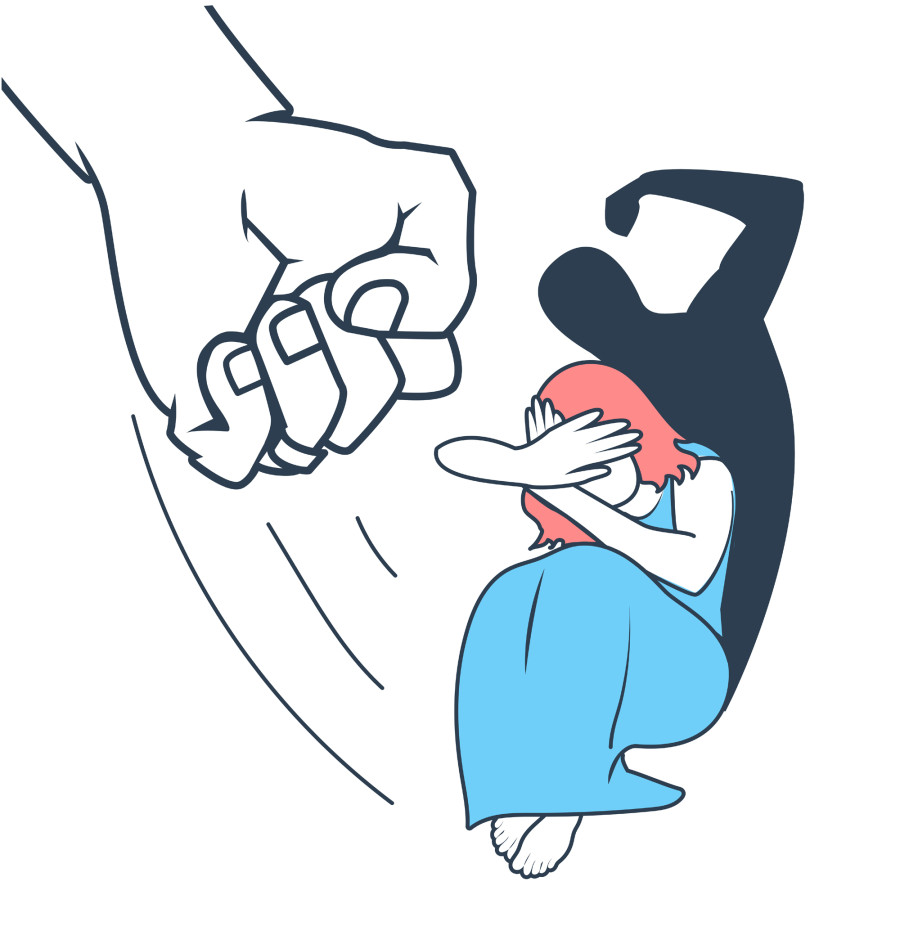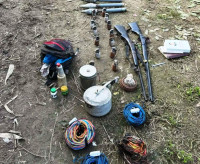National
Families are sites of love and affection but also violence and discrimination
A new report by UN Women points to the dual role of families in Nepal, where 26 percent of women face domestic violence.
Elisha Shrestha
At 23, Anita had no desire to get married. While she wanted to complete her higher studies, she was unable to go against her parents’ decisions. They had found her a man and told her that she would be lucky to be married to him.
“I was under pressure to get married so eventually, I agreed, thinking that marriage is what girls do after reaching a certain age,” Anita said in a report published by the Women’s Rehabilitation Centre, an organisation that works for women’s rights.
But after a month of getting married, her husband started to physically and mentally abuse her.
“He would hit me every day. He said he married me just for the dowry,” Anita reported. The final straw for Anita was when her husband tried to choke her to death. She left her abusive husband and is now living in a women’s shelter.
Anita’s story is a familiar one given that at least 26 percentage of women in Nepal face various forms of domestic violence, according to a new report by UN Women. The report, which highlights the changing nature of families across the world, says that “families can be places of love but also spaces of violence against women and girls.” Nepal is not an anomaly in this regard. Across Central and Southern Asia, 23 percent of women and girls aged 15-49 were subjected to physical or sexual violence by their intimate partners in the last 12 months, according to the report.
Despite a fourth of all women encountering various forms of domestic violence, reports to the police still remain low. According to the 2016 National Demographic Health Survey 2016, 66 percent of women who have experienced physical or sexual violence have not sought any help or talked to anyone about resisting or stopping the violence.
Although police cases have increased in recent years, activists suspect that a majority remain unreported. In 2017, a total of 12,225 cases of domestic violence were registered with the Nepal Police, a massive rise compared to 1,800 cases in 2013.
Much of this has to do with increased awareness and rising levels of education among women. Although the literacy rate is rising among women, only 53.1 percent of women are literate, compared to 76.4 percent of males. Women are more aware of their rights and are less likely to suffer violence quietly, say sociologists.
“The reporting of domestic violence has increased because there has and will continue to be an evolution in the way women think,” sociologist Shuvechha Ghimire had told the Post in September last year.
Nepal has also enacted robust legal protection to combat domestic violence. According to the Domestic Violence Act 2009, perpetrators of domestic violence are liable for up to Rs 25,000 in fines or six months imprisonment, or both. Each repetition of domestic violence will incur double the last punishment, according to the Act.
According to the new UN report, the domestic setting can be instrumental in both protecting and punishing women and girls, and it is the patriarchy, which is so prevalent in Nepal, that continues to tilt the family towards the latter.
“The reason why many Nepali women suffer from inequality is due to the patriarchal system that has influenced how families treat girls and women. If a member of the family acknowledges the rights of women and girls, society’s perception towards the status of women will also change,” said Sharu Joshi Shrestha, national advisor for UN Women at the launch of the report.
Patriarchy is manifest in many forms in Nepali society. One is child marriage, which can often lead to domestic abuse, as studies have shown. Despite outlawing child marriage, 37 percent of Nepali girls still get married before the age of 18 while 10 percent before the age of 15, according to the UN report. The legal age at marriage is 20 for both male and female.
Sila, who was married off at the age of 16, was verbally abused and physically assaulted by her in-laws for not knowing how to run the house. When she returned home, her parents told her to go back to her husband and in-laws, she told the Women’s Rehabilitation Centre.
According to a 2019 report published by the Centre, as much as 59 percent of Nepali women undergo physical violence while 32 percent face mental torture within their households.
At the launch of the report, Chandra Kumar Ghimire, secretary at the Ministry of Women, Children and Senior Citizen, acknowledged that despite being an institution that symbolises love and affection, families can be places where women and girls often face violence and discrimination.
“Gender equality advocates and national and international agencies should focus on changing the family’s behavioural patterns towards women and girls in order to achieve gender equality and the empowerment of all women and girls,” said Ghimire.




 14.12°C Kathmandu
14.12°C Kathmandu (1).jpg)

%20(1).jpg&w=200&height=120)













